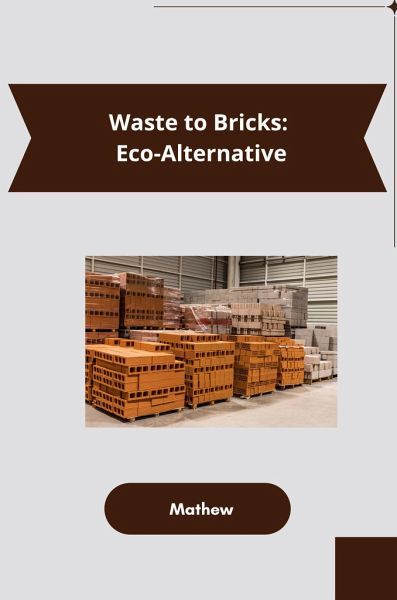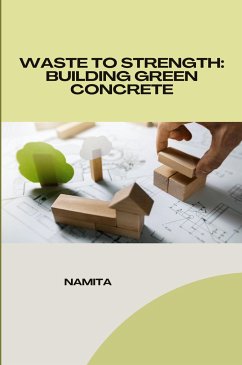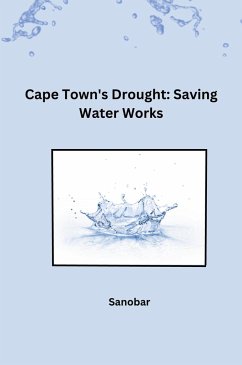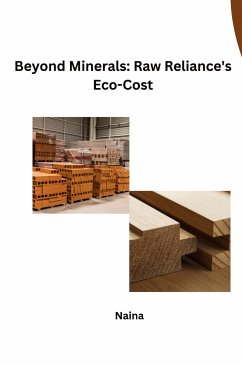
Waste to Bricks: Eco-Alternative
Versandkostenfrei!
Versandfertig in 6-10 Tagen
26,59 €
inkl. MwSt.

PAYBACK Punkte
0 °P sammeln!
Imagine building materials that not only reduce waste but also combat pollution and create energy-efficient structures. Bio-bricks are turning this vision into reality. Made from agricultural waste like straw and sugarcane bagasse, these innovative bricks offer a sustainable alternative to traditional fired clay bricks.The benefits are numerous. Bio-brick production diverts waste from landfills and eliminates the air pollution caused by burning agricultural residue. Additionally, bio-bricks boast excellent thermal insulation properties, keeping buildings cooler in summer and warmer in winter, ...
Imagine building materials that not only reduce waste but also combat pollution and create energy-efficient structures. Bio-bricks are turning this vision into reality. Made from agricultural waste like straw and sugarcane bagasse, these innovative bricks offer a sustainable alternative to traditional fired clay bricks.The benefits are numerous. Bio-brick production diverts waste from landfills and eliminates the air pollution caused by burning agricultural residue. Additionally, bio-bricks boast excellent thermal insulation properties, keeping buildings cooler in summer and warmer in winter, which can significantly reduce energy consumption.The eco-friendly nature of bio-bricks doesn't stop there. During their production, they absorb carbon dioxide, further contributing to a greener building process. With lower costs compared to traditional bricks in some regions, bio-bricks hold immense potential for sustainable and affordable construction, especially for rural communities.So next time you think of building, consider bio-bricks - a revolutionary material transforming waste into the foundations of a greener future.














